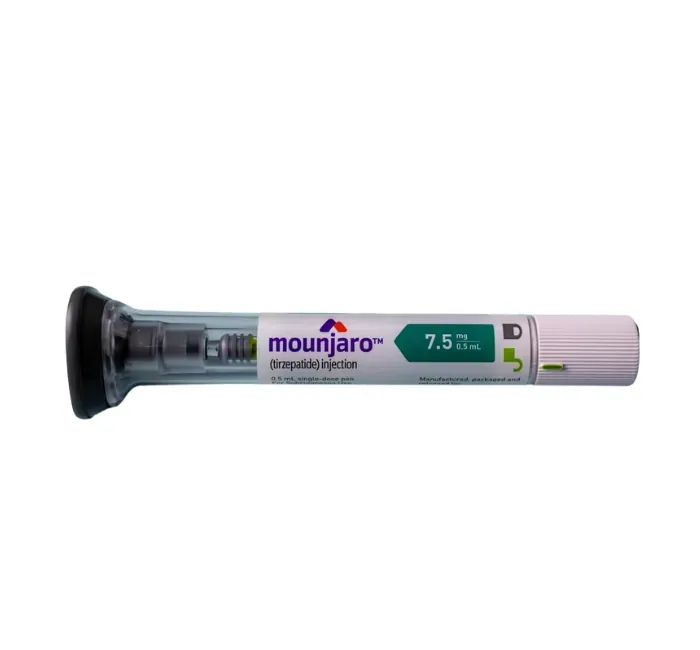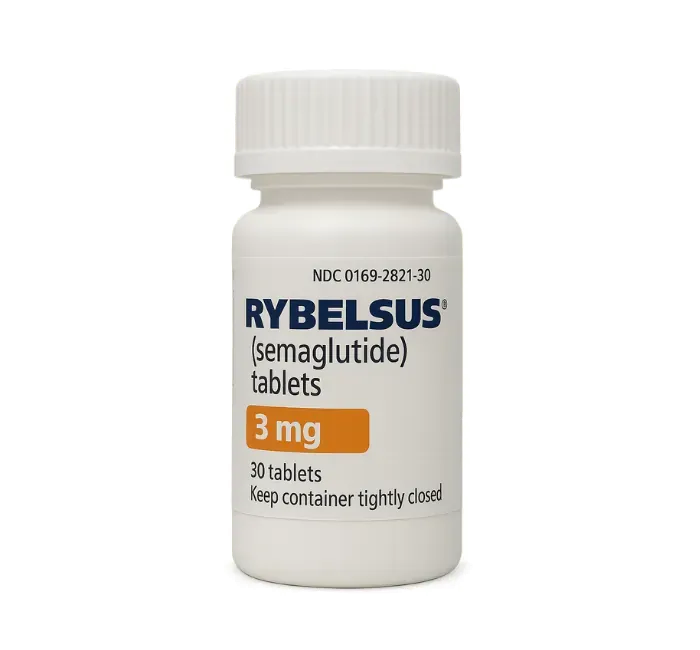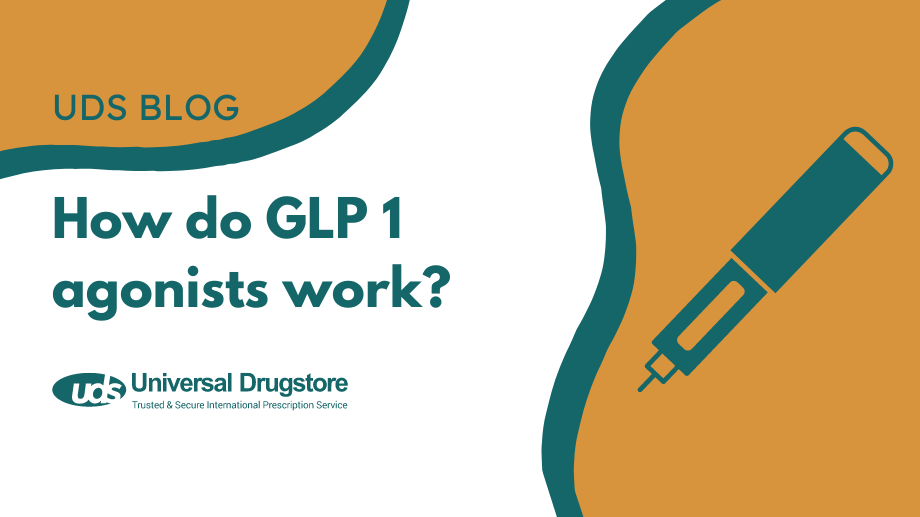Is Ozempic semaglutide?

Semaglutide belongs to a class of medications known as glucagon‑like peptide‑1 receptor agonists (GLP‑1 RAs). It is also called an incretin mimetic or GLP‑1 analog. Three brand‑name products that contain semaglutide are approved by the U.S. Food and Drug Administration (FDA):
- Ozempic subcutaneous injection and Rybelsus oral tablets are FDA‑approved to lower blood sugar levels in adults with type 2 diabetes (T2DM) when taken along with diet and exercise. Ozempic is also approved to reduce the risk of heart attack, stroke, or death in adults with T2DM and known heart disease.
- Wegovy subcutaneous injection is an FDA‑approved weight‑loss medication for adults and children aged 12 years and older with obesity (body mass index ≥ 30 kg/m2 in adults or the pediatric equivalent). Wegovy is also used in adults with a BMI ≥ 27 kg/m2 who have weight‑related health conditions such as high blood pressure, high cholesterol, type 2 diabetes, or cardiovascular disease.
Read on to learn all about Ozempic as we answer some frequently asked questions about this medication.
Ozempic FAQs
How does Ozempic work for treating type 2 diabetes?
Ozempic is a GLP‑1 receptor agonist that mimics the GLP‑1 hormone released in the gastrointestinal (GI) tract in response to food. It lowers blood glucose by stimulating the pancreas to release more insulin when you eat, while inhibiting the liver from releasing excess sugar. It also slows digestion, helping prevent blood‑sugar spikes after meals.
Ozempic acts on brain regions that regulate appetite and fullness; because of this, some healthcare providers prescribe it off‑label for weight management.
What are the possible side effects of Ozempic?
The most common side effects reported in clinical trials were:
- Nausea
- Vomiting
- Diarrhea
- Stomach pain
- Constipation
- Weight loss
Less common but more serious side effects include:
- Serious, life‑threatening allergic reactions
- Increased risk of certain thyroid tumors, including medullary thyroid carcinoma (MTC)
- Increased risk of multiple endocrine neoplasia syndrome type 2 (MEN 2)
- Pancreatitis (inflammation of the pancreas)
- Diabetic retinopathy complications and vision changes
- Low blood sugar (hypoglycemia), especially when used with other diabetes medications
- Worsening kidney disease
- Gallbladder disease and gallstones
This list is not exhaustive. Contact your healthcare professional for medical advice about any adverse effects. You can report adverse events to the FDA at 1‑800‑FDA‑1088 or at www.fda.gov/medwatch.
How much weight can you lose on Ozempic?
Although not approved as a weight‑loss drug, weight reduction is common. In clinical trials, 37 % – 66 % of participants lost at least 5 % of their starting weight, and 13 % – 26 % lost at least 10 %. Another study found an average loss of 13 – 15 lb (about 6 – 7 kg) within the first 10 months.
Outcomes vary depending on dose, presence or absence of type 2 diabetes, starting weight, and lifestyle factors such as diet and exercise.
Shop Medications
Can Ozempic be used for type 1 diabetes?
Semaglutide is being studied for several conditions, including type 1 diabetes. In a small study, semaglutide reduced insulin needs in people with type 1 diabetes: after 3 months, participants no longer required mealtime insulin, and after 6 months, 7 of 10 no longer needed any basal insulin. These results persisted through 12 months. Larger, longer trials are needed to confirm these findings.
What does Ozempic cost?
Without insurance, Ozempic can cost about $1,000 per month at U.S. pharmacies. Some international or mail‑order pharmacies may offer lower prices. Check your insurance coverage or discount programs for the best option.
Can you take Ozempic if you are pregnant?
Tell your healthcare provider if you are pregnant or planning pregnancy. Human safety data are limited, and animal studies suggest potential risks. You should stop Ozempic at least 2 months before attempting to conceive.
Is Ozempic the same as insulin?
No. Ozempic is a GLP‑1 receptor agonist that prompts your pancreas to release more insulin, decreases hepatic glucose production, slows digestion, and affects appetite centers in the brain. It is not a form of insulin.
Where should you inject Ozempic?
Inject Ozempic once a week, on the same day each week, subcutaneously in the abdomen, thigh, or upper arm. Rotate injection sites within the chosen area to reduce injection‑site reactions. Do not inject into muscle or vein.
Do you have to keep Ozempic in the refrigerator?
Unused pens should be refrigerated at 36 °F – 46 °F (2 °C – 8 °C). After first use, pens may be stored refrigerated or at room temperature (59 °F – 86 °F / 15 °C – 30 °C) for up to 8 weeks. Do not freeze Ozempic and protect it from sunlight and heat.
Related Medications
- Wegovy (semaglutide)
- Rybelsus (semaglutide)
- Mounjaro (tirzepatide)
- Zepbound (tirzepatide)
- Saxenda (liraglutide)
- Victoza (liraglutide)
- Trulicity (dulaglutide)
Sources
- Ozempic (semaglutide) injection, for subcutaneous use. U.S. Food and Drug Administration. Accessed June 24, 2024.
- Semaglutide injection. MedlinePlus. Accessed June 24, 2024.
- Ozempic (semaglutide) – drug summary. Prescribers’ Digital Reference. Accessed June 24, 2024.
- Ozempic. Medscape. Accessed June 24, 2024.
- Blundell J, et al. (2017). Effects of once‑weekly semaglutide on appetite, energy intake, control of eating, food preference and body weight in subjects with obesity. Diabetes, Obesity, and Metabolism. Accessed June 24, 2024.
- Nauck M A, et al. (2023). Incretin hormones and type 2 diabetes. Diabetologia. Accessed June 24, 2024.
- Frías J P, et al. (2021). Efficacy and safety of once‑weekly semaglutide 2 mg versus 1 mg in patients with type 2 diabetes (SUSTAIN FORTE): a double‑blind, randomised, phase 3B trial. Lancet Diabetes & Endocrinology, 9(9):563‑574. DOI 10.1016/S2213‑8587(21)00174‑1. Accessed June 24, 2024.












